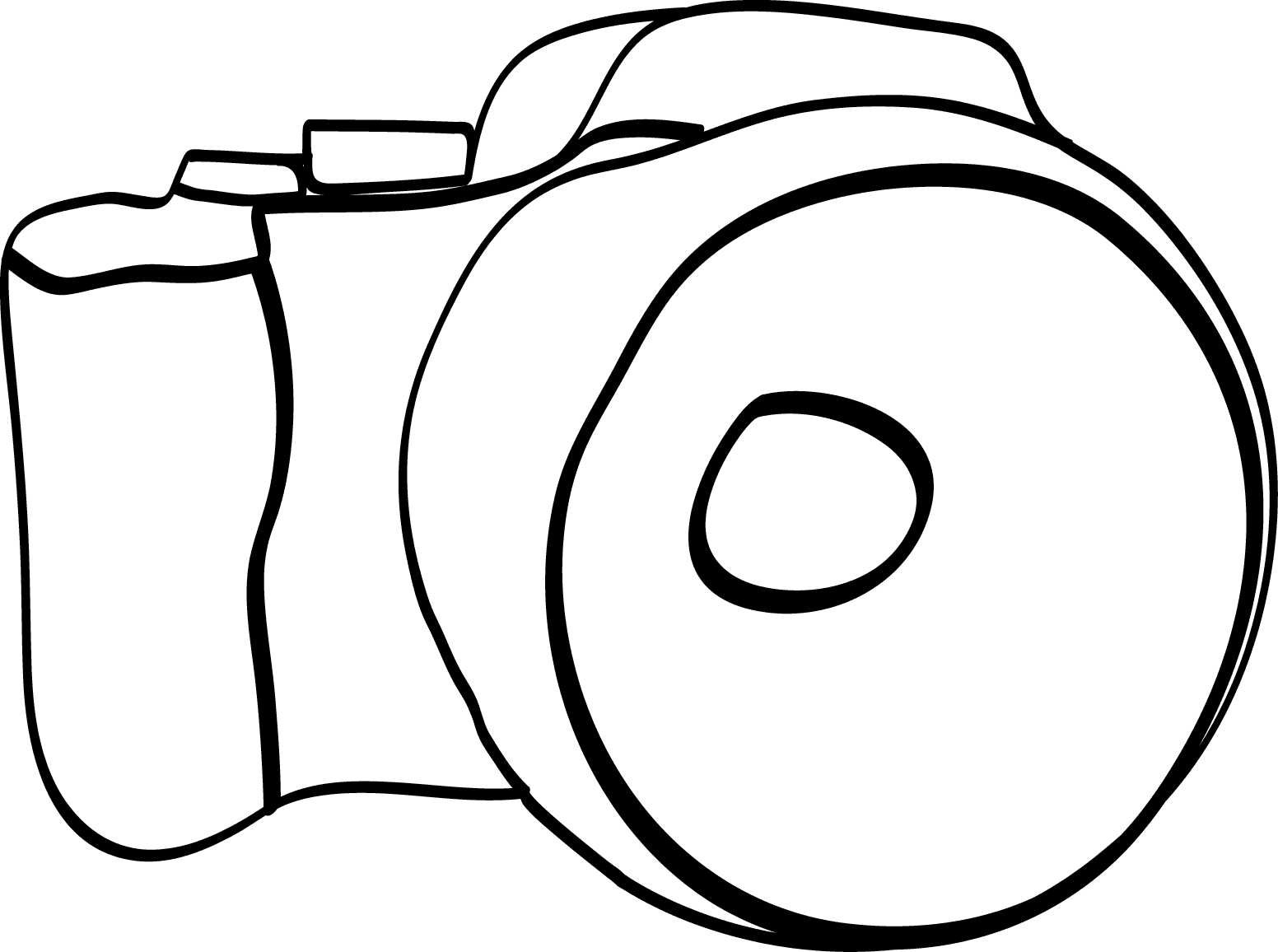Little French paradise next to the sea
Big villa by the sea
The environment in which we find ourselves influences our feelings and thoughts. We visited a town on the French Riviera and one on the South Carolina coastline…
Cassis, on the Azure Coast, is about 20km from Marseille, on the most touristic coastline of France. It has a charming harbor typical of the coastal villages of the south of France. We took this photo last summer. We chose not to use black and white because we wanted to bring out the beauty of those lovely colors: the bursting blue of the shining sky and clear water and the flaming colors of the little houses in the background. We chose a landscape format. The sea and boats are in the center of the photo. In the background, each pretty house has its own style. It was like a little paradise, restful and warm, bathed in light. It was a real pleasure to take photos.
The second photo was taken during a February school trip to Charleston, USA, a town in South Carolina, on the East coast of the USA. We chose to frame this photo like that because to show the “bulk” of this splendid villa. The environment is verdant. On the right is a palm tree, which shows that the climate is subtropical (warm and wet in summer, fresh and dry in winter). There are several floors in this impressive villa next to the sea. How different from the little houses of the French harbor town! The colors are less present on this picture, it seems less jolly than the French landscape, but Charleston is not a tourist destination like Cassis. The colors are quite cold: stone grey, fir green, pure white. The light of the sun gives a calm atmosphere to the scene.































.JPG)




.JPG)
.JPG)





